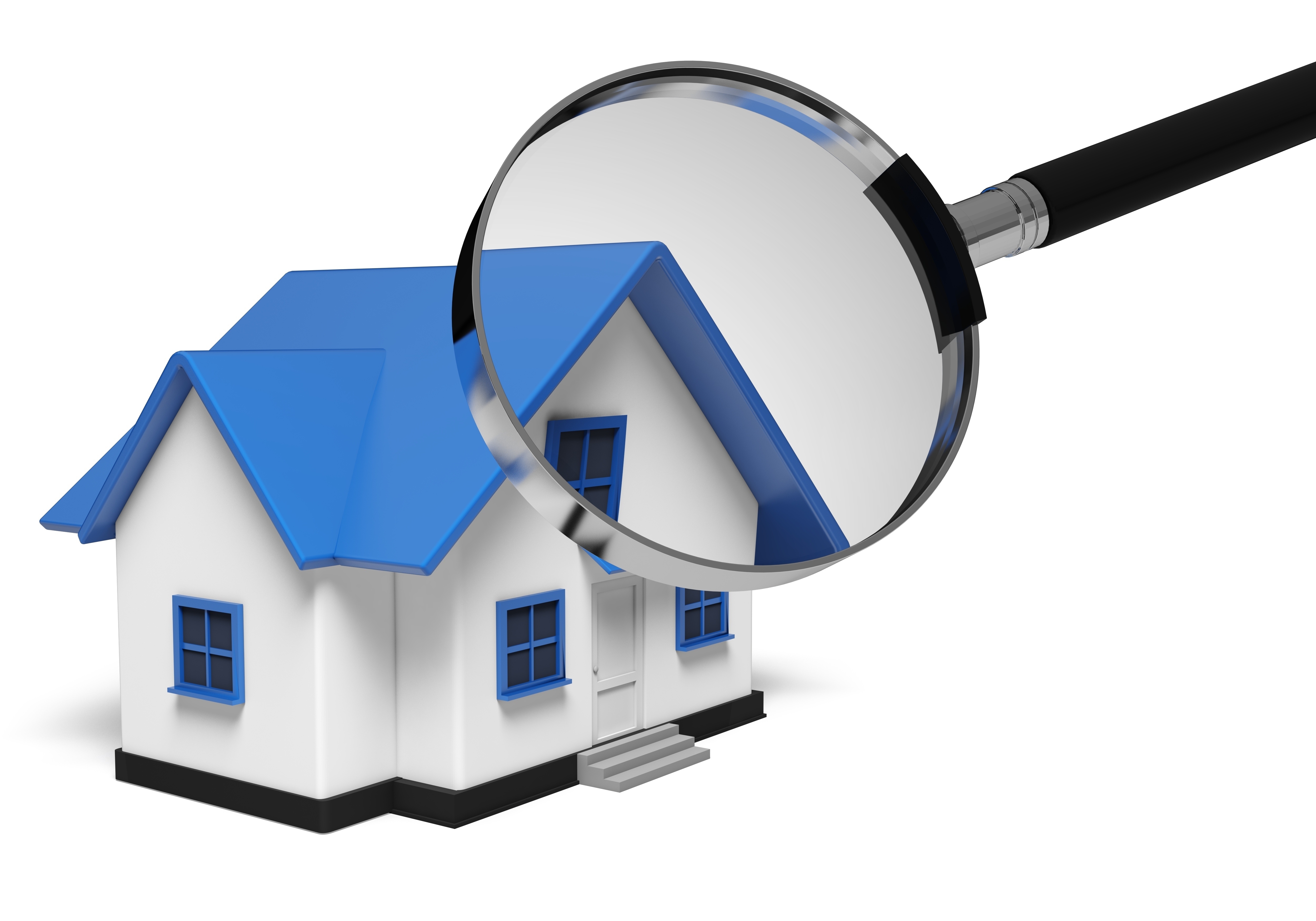
What Are the Parts of an Appraisal?A home purchase is the biggest transaction many might ever make. Whether it's a main residence, a second vacation property or a rental fixer upper, purchasing real property is a complex transaction that requires multiple parties to pull it all off. You're likely to be familiar with the parties taking part in the transaction. The most recognizable entity in the exchange is the real estate agent. Next, the mortgage company provides the money required to finance the deal. And ensuring all aspects of the exchange are completed and that the title is clear to pass from the seller to the buyer is the title company. So, what party is responsible for making sure the property is worth the purchase price? In comes the appraiser. We provide an unbiased estimate of what a buyer could expect to pay — or a seller receive — for a property, where both buyer and seller are informed parties. A licensed, certified, professional appraiser from Gina Hammett will ensure, you as an interested party, are informed. The inspection is where an appraisal startsOur first responsibility at Gina Hammett is to inspect the property to determine its true status. We must see aspects of the property first hand, such as the number of bedrooms and bathrooms, the location, amenities, etc., to ensure they indeed exist and are in the shape a typical buyer would expect them to be. The inspection often includes a sketch of the floorplan, ensuring the square footage is accurate and conveying the layout of the property. Most importantly, we identify any obvious amenities - or defects - that would have an impact on the value of the property. Following the inspection, an appraiser uses two or three approaches to determining the value of real property: a sales comparison, a replacement cost calculation, and an income approach when rental properties are prevalent. 
Replacement CostThis is where the appraiser gathers information on local building costs, labor rates and other factors to ascertain how much it would cost to replace the property being appraised. This estimate commonly sets the upper limit on what a property would sell for. It's also the least used method. 
Paired Sales AnalysisAppraisers become very familiar with the neighborhoods in which they appraise. They thoroughly understand the value of particular features to the homeowners of that area. Then, the appraiser looks up recent sales in close proximity to the subject and finds properties which are 'comparable' to the home being appraised. By assigning a dollar value to certain items such as square footage, extra bathrooms, hardwood floors, fireplaces or view lots (just to name a few), we add or subtract from each comparable's sales price so that they are more accurately in line with the features of subject.
A true estimate of what the subject might sell for can only be determined once all differences between the comps and the subject have been evaluated. At Gina Hammett, we are experts in knowing the value of real estate features in Greensboro and Guilford County neighborhoods. The sales comparison approach to value is commonly given the most importance when an appraisal is for a home exchange. Valuation Using the Income ApproachA third way of valuing approach to value is sometimes used when an area has a reasonable number of renter occupied properties. In this case, the amount of income the real estate produces is factored in with income produced by similar properties to determine the current value. Putting It All TogetherAnalyzing the data from all applicable approaches, the appraiser is then ready to document an estimated market value for the property at hand. The estimate of value on the appraisal report is not necessarily what's being paid for the property even though it is likely the best indication of a property's valueThere are always mitigating factors such as the seller's desire to get out of the property, urgency or 'bidding wars' that may adjust an offer or listing price up or down. But the appraised value is typically used as a guideline for lenders who don't want to loan a buyer more money than the property is actually worth. It all comes down to this, an appraiser from Gina Hammett will guarantee you attain the most fair and balanced property value, so you can make profitable real estate decisions. |